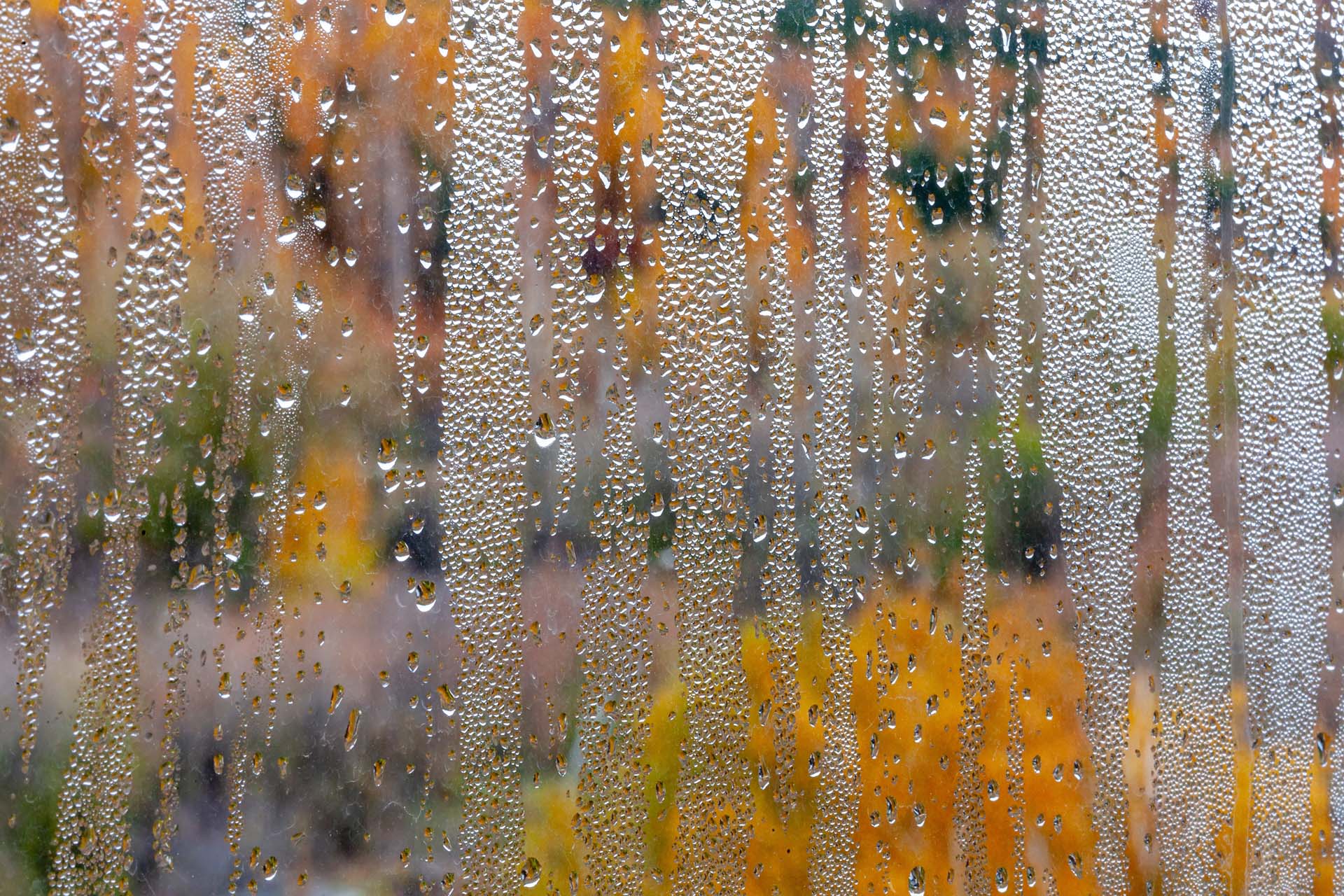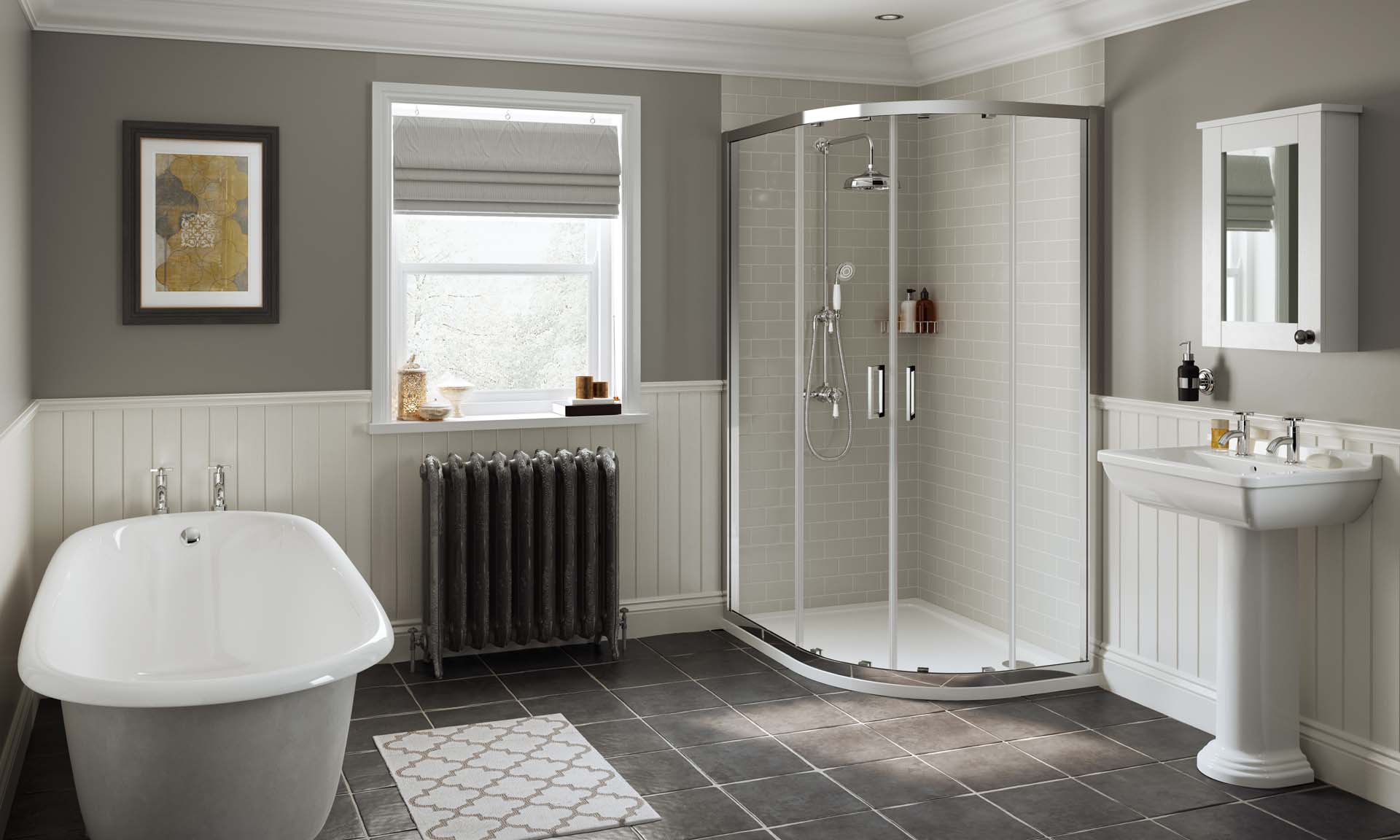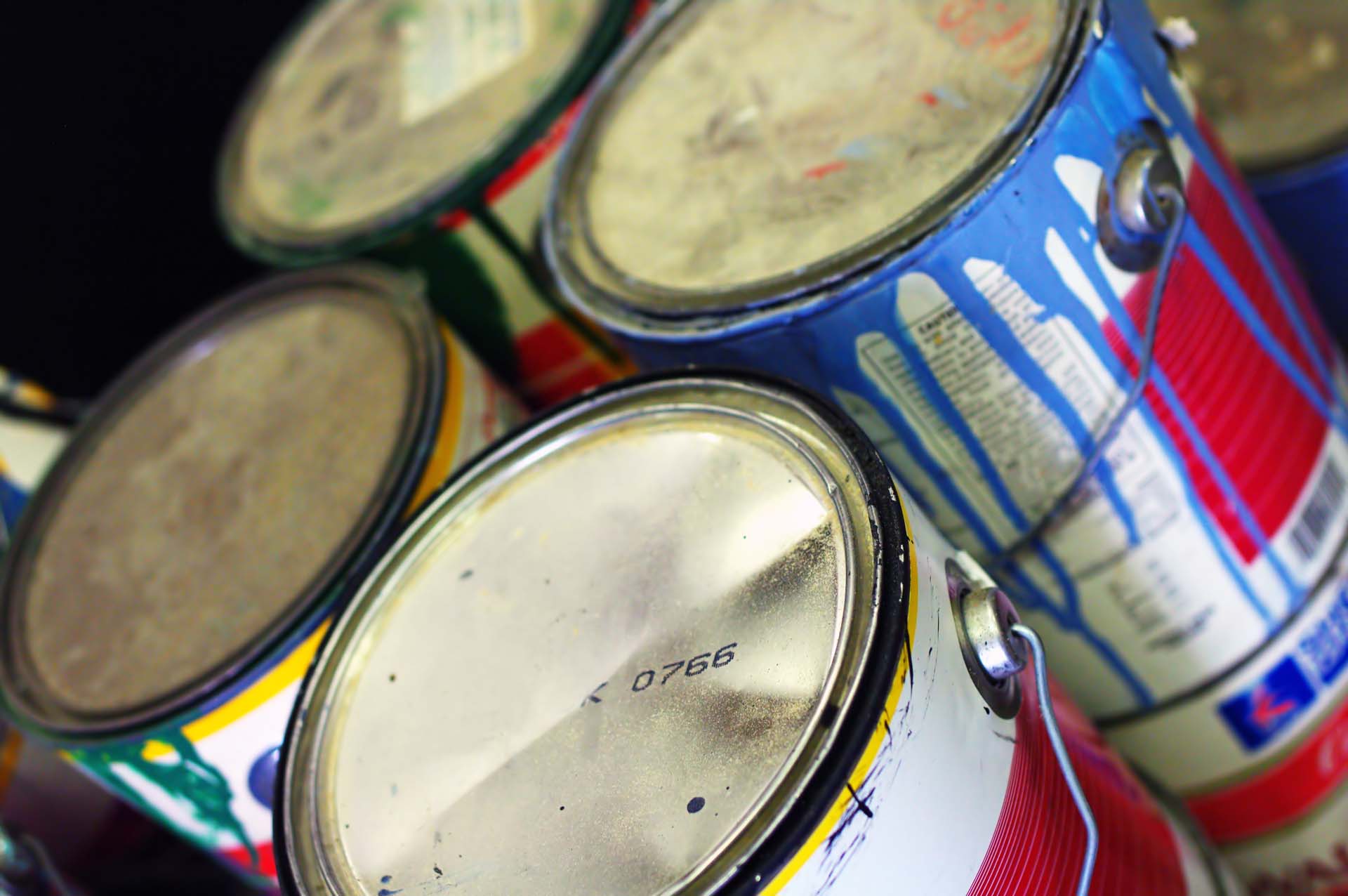

When the weather begins to turn and the temperature drops, many of us will come face to face with an unwelcome guest as we draw back our curtains each morning. Discovering water droplets on the windows is a sure sign of condensation. It’s a nuisance that can damage your woodwork and, more worryingly, lead to damp. So we asked the experts for advice on how to stop condensation in its tracks.
In the home improvement team at Saga we also believe that prevention takes less time than cure – and we’re all for having more time to enjoy what we want to do, rather than what we must do. Therefore, finding ways to manage condensation, and reduce the amount that forms, will remove the need to deal with the damage it causes.
“Ventilation is one of the best ways to prevent condensation on windows,” says Nigel Bearman, CEO and managing director at Daily Poppins. “Simply opening your windows when you’re at home will stop condensation forming and may even solve the problem.”
Keeping your bedroom window open slightly at night is also a good idea. “The air we breathe while sleeping produces warm, moist air that needs to escape,” says Miroslav Gaydov, window cleaning specialist at Fantastic Services. Simply leaving the window open a crack at night will help to prevent condensation on your windows.
Opening the window vents at the top of your windows, if they have them, will also help to keep air circulating. And if you are thinking about replacing your windows, choose models that have them.
Another trick is to keep your curtains open slightly at night. “If you keep your curtains closed at night, the surface of the window will be cooler. Having them open helps to keep the glass closer to room temperature,” adds Gaydov. It’s also less of an issue to keep your curtains open slightly during autumn and winter, as the evenings and mornings are darker and you’re less likely to be woken by a stream of sunlight.
For a longer-term solution, Bearman suggests installing air brick or air vents into your external walls, to create a better flow of air throughout your home.

Gaydov says that a top priority is ensuring the bathroom and kitchen are well ventilated, as they are areas particularly prone to high moisture. “
Whenever you cook, take a shower, or use an appliance that produces moisture, you need to open a window or two and use an extractor fan.”
And if you don’t already have an extractor fan, Bearman says it’s well worth the investment. “While installing an extractor fan will cost you money, it will prove very beneficial in the long run for clearing up misty windows.”
Drying clothes indoors can cause excessive moisture and humidity in the home. Because of the poor weather in the UK, drying clothes outside isn’t always an option, and not everyone can afford a tumble dryer, so clothes are often dried on radiators inside.
To combat the problem of excess moisture in the air, the best approach is to increase the amount of ventilation in the room where your clothes are drying.
Simply placing a clothes airer next to an open window will make a difference, as will spreading clothes out on the airer and hanging clothes on hangers.
Remove moisture from the air

It’s always worth saving the water captured in the dehumidifier to use elsewhere in your home. It can be used to help wash up by hand, or to flush the loo.
Dehumidifiers vary based on the capacity of water they can extract from the air each day - this is different to the capacity of the water collection tank. For home use, you’re looking at dehumidifiers that can collect 7-25 litres (12-44 pints) of water a day.
What you choose depends on your needs and living space. Which? suggests that if you live on your own in a modest flat, a small 7-12 litre (12-21 pints) dehumidifier will be sufficient. However, if your household is larger and there’s more frequent showering and washing to dry, a medium dehumidifier with a 14-16 litre (25-28 pints) capacity will be more suitable. If you have a large quantity of laundry to dry, opt for one with an 18+ litre (32 pints) capacity.
Sometimes known as “damp crystals”, dehumidifying crystals work by attracting moisture and absorbing it. The crystals will then form into a solid mass. They can be particularly useful when placed on windowsills to help capture excess water that forms as condensation, but they will not eliminate the problem on their own.
Condensation can also be reduced by insulating your windows, so there’s less of a drastic temperature difference between the glass and the air inside. Gaps and leaks can be sealed with weather stripping around the windows.
If you have single-glazed windows, double-glazing will add an extra level of thermal insulation that will reduce the temperature difference. There are also other methods if you are unable to replace your windows. For instance, if you have single-glazing in a period home, you can get secondary-glazing fitted from the likes of Bronze Casements.
Another option is to go down the do-it-yourself route, as there are plenty of DIY versions available online that can be attached to your existing windows with magnets.
As mentioned above, sudden temperature changes can cause condensation. Bearman recommends keeping your heating on a low heat. This will “prevent frequent temperature swings and balance out the air temperature”. However, he does warn that keeping your heating on constantly will affect your energy bills.
Help the air to circulate

Condensation is simply the process where water vapour becomes a liquid – it’s the reverse action of evaporation.
But what causes condensation to occur? Bearman explains: “Condensation occurs when warm air collides with cold surfaces, or when there is too much humidity in your home. Water is created as droplets, due to humid air colliding with cold surfaces. It is especially likely to occur in the winter when your central heating system is turned on at cooler times of the day.”
“In colder months, the air inside your home is usually warmer and more humid than the air outside,” says Gaydov
Condensation can lead to damp, mould and rot

Bearman suggests checking your windows for black spots that will appear around the seal or sealant and paintwork (depending on whether you have timber-framed or UPVC windows).
If you spot any marks, it’s a sign that you have a problem with mould. Applying an anti-mould sealant is one way to prevent mould occurring on timber-framed windows.
With her 30 years of experience, Camilla Sharman has covered a wide range of sectors within the business and consumer industries both as a feature, content, and freelance writer. As a business journalist, Camilla has researched articles for many different sectors from the jewellery industry to finance and tech, charities, and the arts.
View author page









